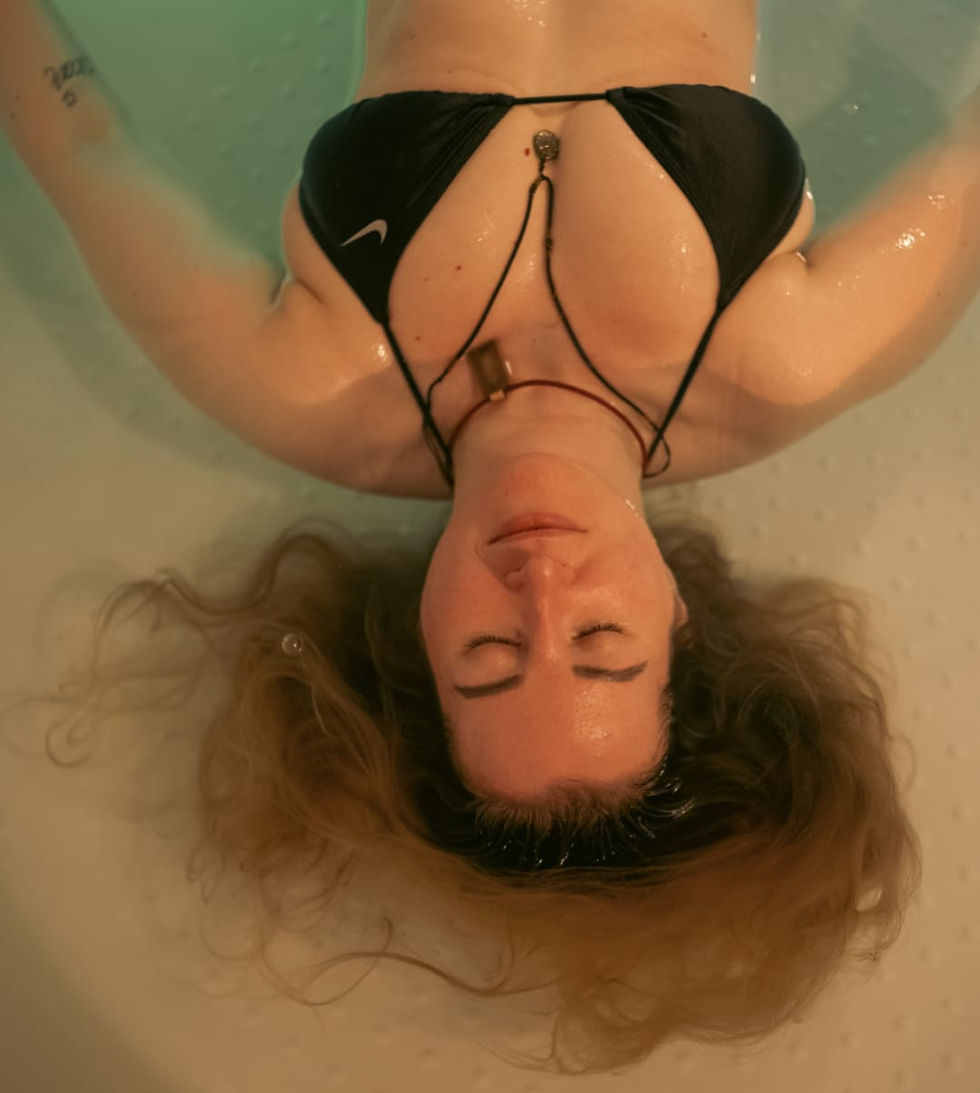The Float Well Way: Breathwork in the Float Tank
- Barry Joyce
- Sep 7, 2025
- 3 min read

Floating is often described as one of the most effective tools for relaxation and recovery available today. By removing external distractions, the float tank creates a unique environment where the body is supported, the mind is free to wander, and the nervous system is encouraged to reset.
At Float Well, we have found that when you pair floating with conscious breathwork, the experience deepens dramatically. Breathwork is not just about moving air in and out of the lungs. It is a tool that influences the nervous system, the cardiovascular system, and even emotional regulation. Inside the float tank, with no interruptions from the outside world, breathwork becomes an incredibly powerful practice.
Why Breathwork Works So Well in the Tank
When you float, sensory input is drastically reduced. There is no pressure on the body, no noise, no screens, no conversations. This stripped-back environment magnifies the subtler rhythms of the body — especially the breath.
In daily life, breathing is automatic and often shallow. Stress, poor posture, and constant busyness mean most of us live in a state of chest breathing, which keeps the body primed for fight or flight. Inside the tank, you have the chance to shift this pattern deliberately. By slowing the breath and extending the exhale, you are essentially retraining the body and mind to come back into balance.
The Float Well Way
Based on my qualifications in breathwork and mindfulness, I recommend one particular technique inside the float tank. It is simple, safe, and highly effective:
Inhale gently through the nose for a count of 4.Exhale slowly through the nose or mouth for a count of 8.
Repeat this cycle without forcing it, letting the rhythm flow smoothly and naturally.
This is what we call The Float Well Way.
The Science Behind It
Nervous system balance. The autonomic nervous system has two main branches: sympathetic (fight or flight) and parasympathetic (rest and digest). A long, slow exhale stimulates the vagus nerve, activating the parasympathetic branch. This lowers heart rate, reduces blood pressure, and creates a sense of safety in the body.
Oxygen uptake. Breathing in through the nose is not just tradition — it is biology. The nasal passages filter, warm, and humidify the air, making it more suitable for the lungs. Nose breathing also generates nitric oxide, a gas that widens blood vessels and improves oxygen delivery throughout the body.
Gas exchange efficiency. When breathing is shallow and rapid, carbon dioxide levels drop too quickly. This makes it harder for oxygen to be released from the blood into the tissues, a phenomenon known as the Bohr effect. Slow, controlled breathing balances CO₂ levels, which allows oxygen to do its job more effectively.
Mental clarity. Counting the rhythm of the breath keeps the mind anchored in the present. This reduces mental chatter and makes it easier to enter a meditative state.
How It Feels in the Tank
Inside the float tank, this 4-in, 8-out cycle feels different than it does anywhere else. With no sound or movement competing for attention, the breath becomes your focus point. Many people notice the sound of their breath echoing slightly in the tank, which reinforces the sense of rhythm.
After a few minutes, the body begins to soften. Muscles relax into the weightlessness of the water. The mind follows the slow rhythm of the exhale, releasing tension and drifting into stillness.
Some people describe this as “dropping into” the float — the moment when the body, breath, and mind all align and the experience deepens.
Tips for Getting Started
Start gently. If an 8-second exhale feels too long, begin with 6 and gradually extend it as it becomes comfortable.
Keep the breath smooth. Avoid gasping on the inhale or pushing air out on the exhale. Think of it as pouring, not forcing.
Let go of perfection. If you lose count, simply return to the rhythm without judgement.
Use it as a reset. Even if you do not keep it up for the entire float, just five to ten minutes of this practice can completely change the tone of your session.
The Float Well Way in Practice
This method is not about chasing intense states or forcing dramatic results. It is about creating the right conditions for the body and mind to do what they are naturally capable of — reset, restore, and rebalance.
Floating is already one of the most effective environments for recovery. By adding this simple breathwork practice, you can enhance its effects, leaving the tank not just more relaxed but more connected to yourself.
Four in, eight out. A gentle cycle. A guide to deeper stillness. This is The Float Well Way.
Barry

Comments